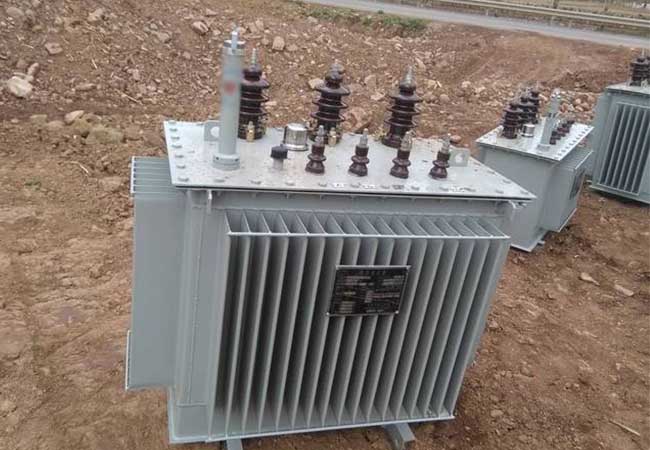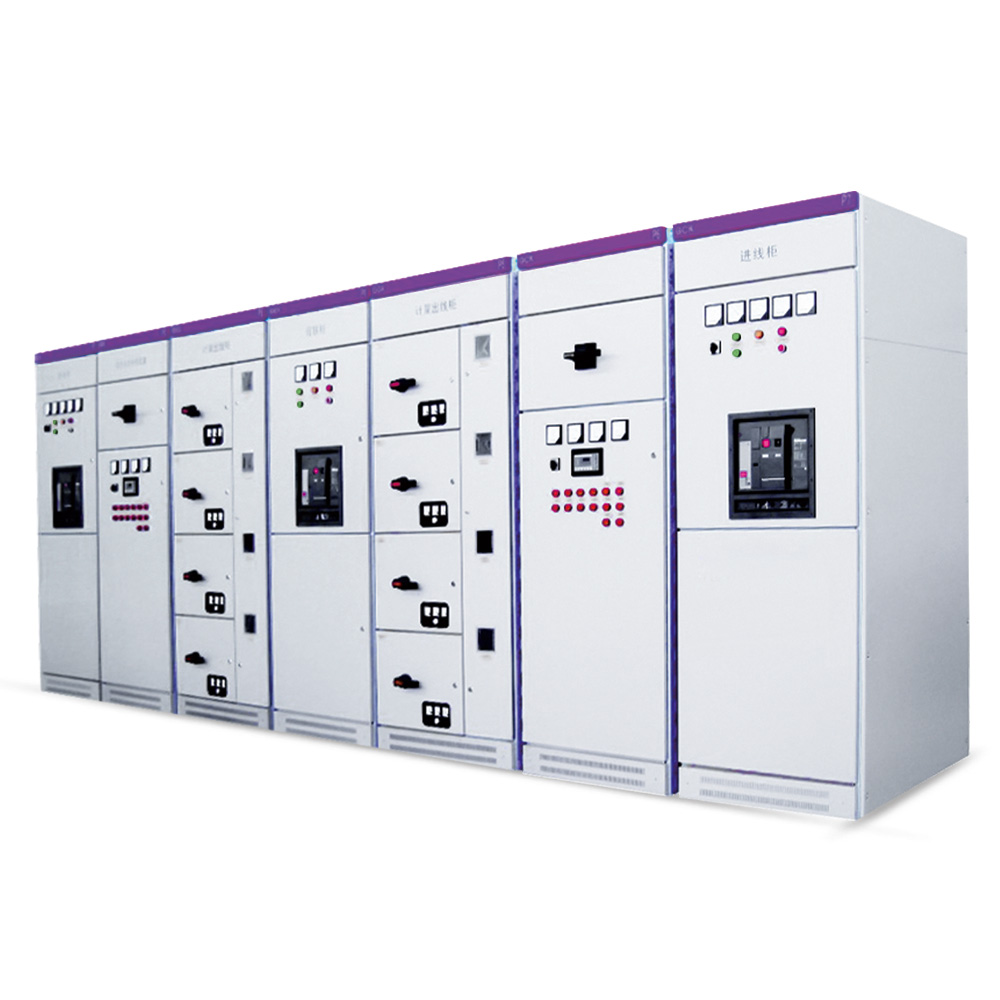Distribution Transformer Classification
03-24 2025 | By:
Distribution transformer, referred to as “distribution transformer”, refers to a static electrical appliance in the distribution system that transforms AC voltage and current according to the law of electromagnetic induction to transmit AC power. In some areas, power transformers with voltage levels below 35 kV (mostly 10KV and below) are called “distribution transformers”, referred to as “distribution transformers”. The place and place where “distribution transformers” are installed is the substation. Distribution transformers should be installed on poles or on the ground in the open air. Distribution transformers are an important power equipment and are widely used in various fields. According to different working characteristics and usage requirements, there are currently many types of distribution transformers on the market. This article will introduce the classification and characteristics of distribution transformers in detail from different classification perspectives.
Classification of distribution transformers according to power level
According to different power levels, distribution transformers can be divided into three categories: low-voltage distribution transformers, medium-voltage distribution transformers and high-voltage distribution transformers. Among them, the rated voltage of low-voltage distribution transformers is generally below 1000V, which is suitable for low-voltage distribution systems such as urban power grids, buildings, and commercial areas; the rated voltage of medium-voltage distribution transformers is generally between 3~10kV, which is suitable for medium-voltage distribution systems such as rural power grids and urban secondary distribution systems; and the rated voltage of high-voltage distribution transformers is generally above 35kV, which is suitable for high-voltage distribution systems such as urban trunk networks, power plants, and metallurgical plants.
(1) According to the number of phases: 1) Single-phase distribution transformer: used for single-phase loads and three-phase distribution transformer groups. 2) Three-phase distribution transformer: used for voltage increase and decrease in three-phase systems.
(2) According to cooling method: 1) Dry-type distribution transformer: relies on air convection for cooling, generally used for small-capacity distribution transformers such as local lighting and electronic circuits. 2) Oil-immersed distribution transformer: relies on oil as a cooling medium, such as oil-immersed self-cooling, oil-immersed air cooling, oil-immersed water cooling, forced oil circulation, etc.
(3) According to the winding form: 1) Double-winding distribution transformer: used to connect two voltage levels in the power system. 2) Three-winding distribution transformer: generally used in regional substations of power systems, connecting three voltage levels. 3) Autotransformer: used to connect power systems with different voltages. It can also be used as an ordinary step-up or step-down distribution transformer.
(4) According to the core form: 1) Core distribution transformer: used for high-voltage power distribution transformer. 2) Shell distribution transformer: used for special distribution transformers with large currents, such as electric furnace distribution transformers, electric welding distribution transformers; or for power distribution transformers for electronic instruments, televisions, radios, etc.
Classification of distribution transformers according to cooling methods
Depending on the cooling method, distribution transformers can be divided into three types: natural air cooling, forced air cooling, and oil-immersed water cooling. Natural air-cooled distribution transformers dissipate heat through natural convection heat transfer, which is suitable for occasions with low ambient temperature and small load changes; forced air-cooled distribution transformers require external fans and other equipment for forced convection cooling, which is suitable for occasions with high ambient temperature and large load changes; oil-immersed water-cooled distribution transformers transfer heat between cooling water and transformer oil through heat exchangers, which is suitable for occasions with large load changes and high ambient temperature.
Classification of distribution transformers according to structural form
Depending on the different structural forms, distribution transformers can be divided into three types: box-type transformers, open transformers and embedded transformers. Box-type transformers place the transformer body and cooling equipment in a closed box, which is suitable for underground or indoor installation; open transformers have no box, and the transformer equipment is exposed to the air, which is suitable for outdoor installation; embedded transformers place the transformer inside equipment such as walls and cabinets, which is suitable for occasions with limited space and need to save space.
Classification of distribution transformers according to use
Depending on the different uses, distribution transformers can be divided into three types: industrial transformers, rural transformers and urban transformers. Industrial transformers are mainly used in various links of industrial production and need to have high stability, reliability and durability; rural transformers are used to meet the electricity demand in rural areas and need to have good waterproof, moisture-proof, lightning-resistant and other characteristics; urban transformers are used to meet the power distribution needs of urban power grids and need to have high power, stability and reliability.
In summary, the classification of distribution transformers mainly includes power level, cooling method, structural form and purpose. When choosing a distribution transformer, we need to choose a transformer type that suits us according to the actual application scenarios and needs to ensure the stable operation and long-term use of power equipment.
Distribution transformer parameters
| Rated capacity (kVA) | Voltagegroup | Vectorgroup | Loss (W) | No-load current(%) | Impedance voltage(%) | Boundary dimension (L×W×H,mm) | Weight (kg) | ||
| HV(kV) | LV(kV) | No-loadloss(W) | Loadloss(W) | ||||||
| 30 | 20 22 24 | 0.4 | Dyn11 or Yyn0 | 100 | 690/660 | 2.1 | 5.5 | 670×310×615 | 346 |
| 50 | 130 | 1010/960 | 2.0 | 700×325×630 | 417 | ||||
| 80 | 180 | 1440/1370 | 1.8 | 755×355×690 | 556 | ||||
| 100 | 200 | 1730/1650 | 1.6 | 785×360×685 | 619 | ||||
| 125 | 240 | 2080/1980 | 1.5 | 805×370×720 | 703 | ||||
| 160 | 290 | 2540/2420 | 1.4 | 850×385×735 | 794 | ||||
| 200 | 340 | 3000/2860 | 1.3 | 865×405×805 | 935 | ||||
| 250 | 400 | 3520/3350 | 1.2 | 905×415×935 | 1086 | ||||
| 315 | 480 | 4210/4010 | 1.1 | 925×440×915 | 1226 | ||||
| 400 | 570 | 4970/4730 | 1.0 | 970×465×960 | 1468 | ||||
| 500 | 680 | 5940/5660 | 1.0 | 1035×500×1010 | 1758 | ||||
| 630 | 810 | 6820 | 0.9 | 6.0 | 1110×525×1075 | 2074 | |||
| 800 | 980 | 8250 | 0.8 | 1190×580×1155 | 2840 | ||||
| 1000 | 1150 | 11330 | 0.7 | 1205×560×1195 | 2842 | ||||
| 1250 | 1380 | 13200 | 0.7 | 1185×590×1205 | 3168 | ||||
| 1600 | 1660 | 15950 | 0.6 | 1225×565×1345 | 3800 | ||||
| 2000 | 1950 | 19140 | 0.6 | 1310×615×1435 | 4633 | ||||
| 2500 | 2340 | 22220 | 0.5 | 1390×660×1510 | 5329 | ||||
You may also find these interesting:


